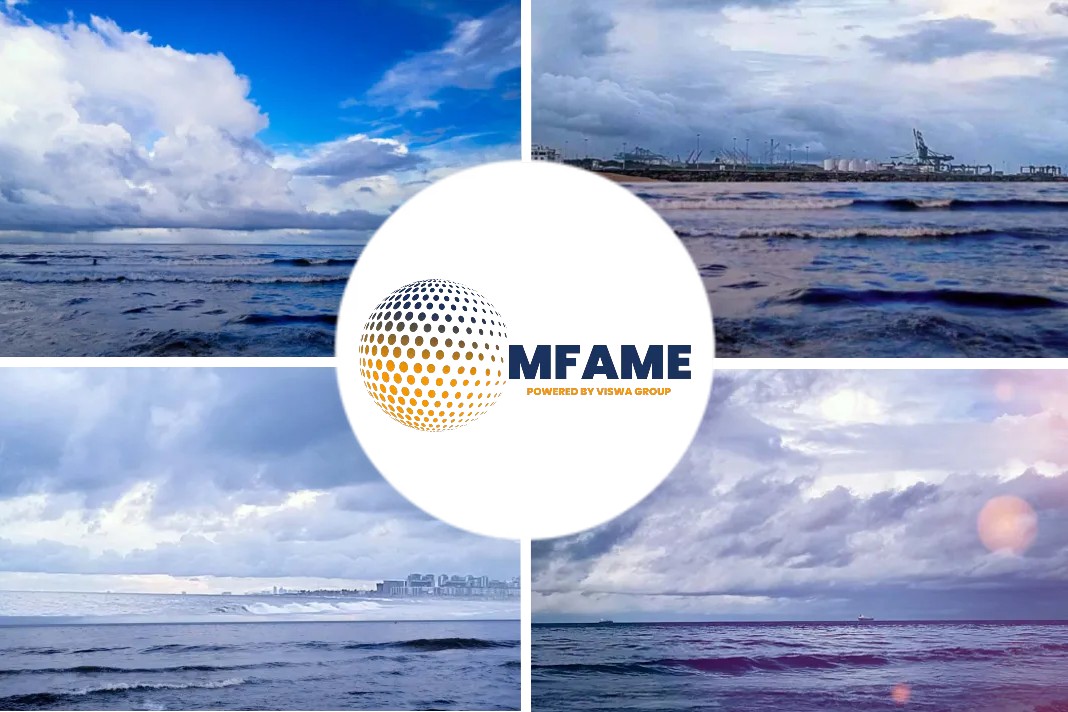
GSBN Chief Operating Officer Alicia Lee explores how digitalisation can be used to enable data sharing and visibility for the transportation of dangerous cargoes, reports Seatrade Maritime News.
Shipping and the environment possess a unique symbiotic relationship. While supply chains underpin global trade and deliver a myriad of socioeconomic benefits, there are also very tangible implications on the environment. In turn, the environment affects the operating conditions of such supply chains with implications for infrastructure requirements, maintenance and so forth. When weighing up the cost and benefits, a socio-ecological equilibrium must be struck.
Rightfully sustainability has become the topic du jour in the boardroom, as well as for policy makers. Aligned to this, safe transportation plays an important role in minimising shipping’s environmental impact. Unfortunately, it is inevitable that accidents will happen and on occasions with potentially serious consequences for both life and the environment. Earlier this year, a crew member was killed after seawater entered the hull of The Benchamas 2 following a seal malfunction that also led to oil from the vessel spilling off the shores of Thailand.
All too often safe transportation is a discussion which only resurfaces in the wake of an incident. Thankfully, safe transportation has come in leaps and bounds following an increase in awareness of the environmental and financial costs of oil leakage accidents. Strong gains in safety over the past decade have been largely credited to the global regime of safety and environment rules promulgated by the International Maritime Organization (IMO).
However, while the industry acknowledges the importance of safe transportation to the environment and the need to meet stricter regulations, monitoring and enforcement remains hard. Due to the complex nature of global supply chain and its many stakeholders, this has become a largely manual process with lots of inaccurate information and little transparency.
Did you subscribe to our newsletter?
It’s free! Click here to subscribe!
Source: Seatrade Maritime News


















